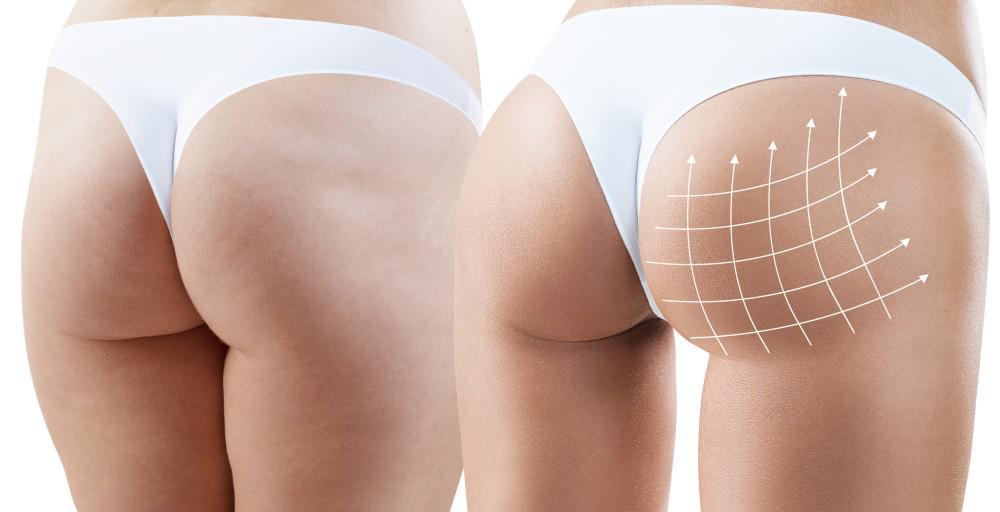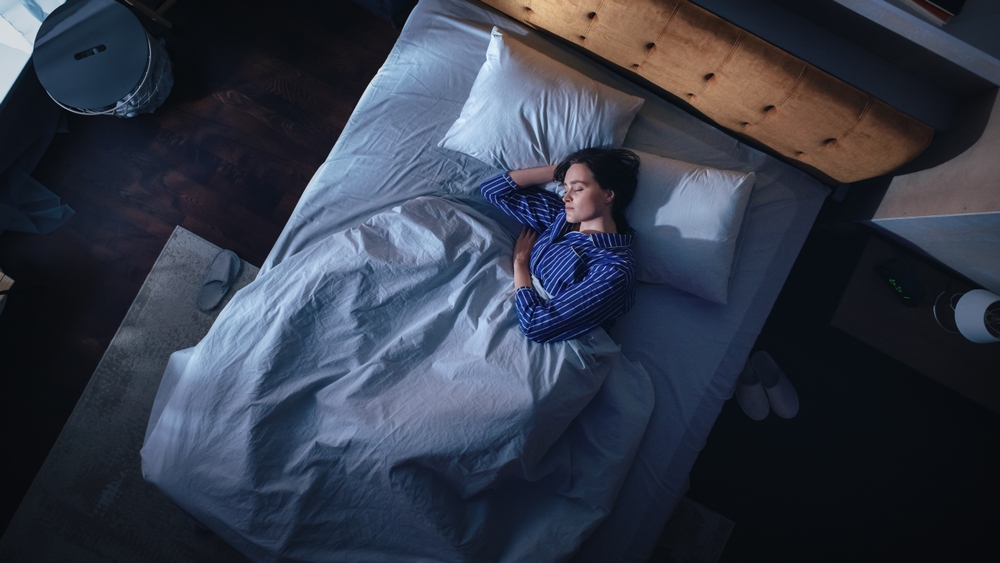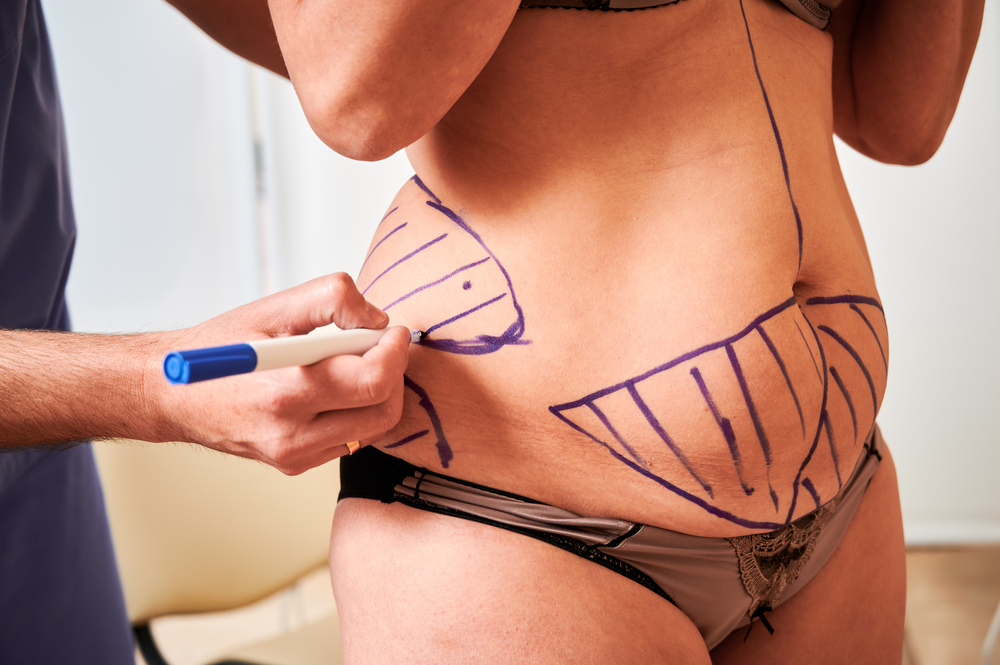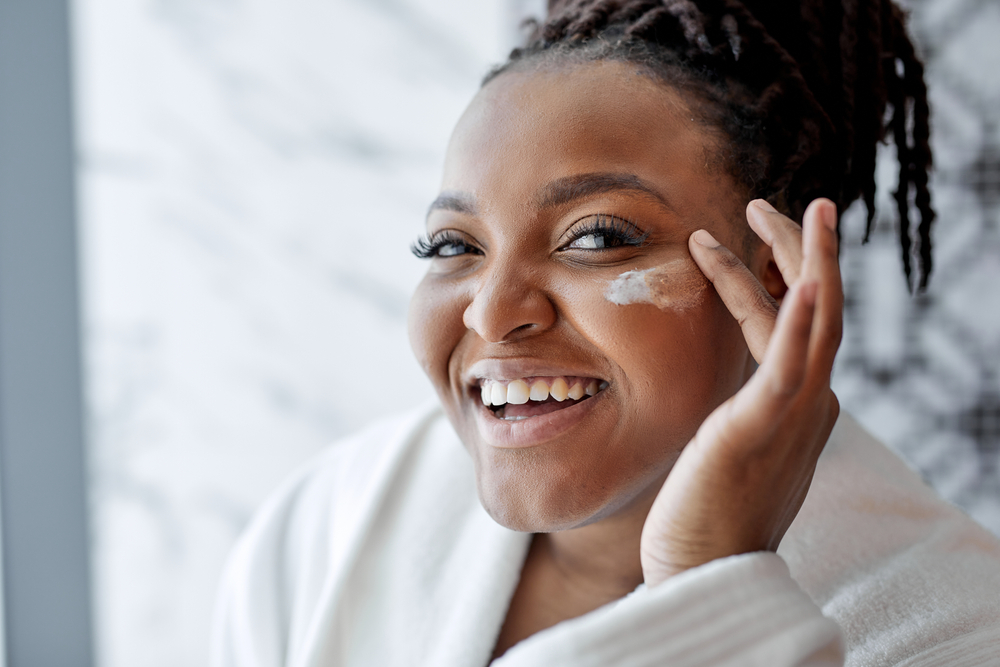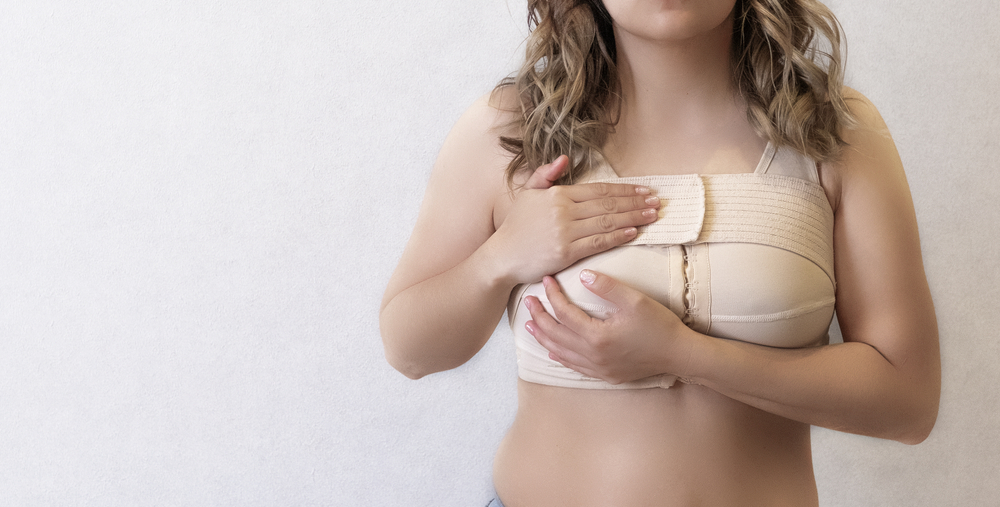
Gluteal augmentation with fat, otherwise known as a “Brazilian Buttlift” or BBL is a hot procedure right now. According to recent statistics from the American Society of Plastic Surgeons (ASPS), fat grafting of the buttocks is one of the fastest-growing procedures in plastic surgery. From 2000 to 2018, it went up 256%! Part of the BBLs appeal lies in its ability to dramatically alter a person’s shape and silhouette by combining liposuction with volume enhancement using fat. The evolution of this procedure is the byproduct of a convergence of a few things:
1) evolution of liposuction technique
2) evolution of liposuction technology
3) evolution of technology involved in the fat harvest, collection, and processing
4) evolution of fat injection technique and technology
I (Dr. Gear) have always been an avid student of both technology and plastic surgery and have tried to stay current to provide fat grafting of the buttocks that is both safe and state of the art. Here are some of the relevant details:
Table of Contents
ToggleEvolution of Liposuction Techniques
In the distant past, liposuction was viewed more as a volume reduction or “debulking” procedure where fat was evacuated with little thought as to what was left behind or how things looked afterwards. Many surgeons still treat liposuction as an afterthought and a nuisance and not as a form of surgical artistry. I had one very fine surgeon during training tell me “I did not train 10 years to do this.” Liposuction in its highest form is truly like sculpture or what is sometimes euphemistically termed “liposculpture.” It requires the ability to see in three dimensions, and is honestly, more about what is left behind than what is removed. Some areas, like the hips or lower back, can be aggressively contoured to restore someone’s silhouette while other areas like the abdomen are treated more conservatively to avoid creating contour irregularities or an unnaturally flat, skeletonized abdomen or exacerbating skin laxity while preserving pleasing natural curves and shadows. Being aggressive with fat removal thus has to be SELECTIVE.
I see a lot of liposuction revision patients who have had too much fat removed with awful consequences including loose skin, dents, seromas and even a scarred, concrete abdomen where the skin is literally stuck down to the abdominal wall with no fat in between. If you are on a plastic surgeon’s website (and please make sure they are a board-certified plastic surgeon at a bare minimum!) and see BBL results with no pictures of the abdomen, now you know why. It’s often a cosmetic train wreck run away.
For similar reasons, I am also not a fan of the newer etching techniques (fake six-packs, etc.) that in MOST surgeons’ hands lead to unsightly contour issues. Some of these patients can look good on a website a few months after the procedure, BUT over time, as the skin ages and sags, these new, stark and unnatural demarcations can just look plain weird. I have seen it. Not a pretty sight.
A more recent technique that I have incorporated into my practice is what Dr. Simeon Wall has coined SAFELipo ®.
SAFELipo® is an anacronym for Separation/Aspiration/Fat equalization. This approach is actually a derivative of older techniques that blended fat while turning off suction in order to smooth out dents created during a liposuction procedure. The novelty of SAFELipo® is the addition of power-assisted liposuction (PAL) and additional steps of suction less blending. Initial suction less blending is performed followed by typical liposuction, with aspiration and fat removal, followed by a final stage involving additional suction less blending. In addition, the SAFELipo® technique employs a specially designed basket cannula during the blending phases which functions much like an eggbeater where the fat is sprayed into the nooks and crannies thus creating a smoother result with less unevenness, dents or other contour deformities.
I myself use this technique much like earlier surgeons who simply performed blending once liposuction is complete. I forgo pre-emptive separation used in SAFELipo.® I think it causes additional trauma to the fat, something I do not want in the harvest of fragile fat cells for grafting purposes. Cosmetic and plastic surgeons love to brand procedures with trade names or acronyms to create the illusion of novelty. In keeping with the same messianic impulse, I will take a tongue-in-cheek stab at doing so for my personal technique: SVELTELipo (Suctionless Vibratory Equilibration Liposculpture + Transfusion Effect). Another theoretical but unproven advantage of this technique is the disruption and release of fat-stored stem cells that can potentially improve skin quality. Dr. Sydney Coleman has some anecdotal evidence of this skin rejuvenation effect.
Evolution of Liposuction Technology
Liposuction technology has advanced considerably since my training in plastic surgery at the University of Minnesota close to 16 years ago. I cut my teeth on manual liposuction. At that time, power-assisted liposuction was viewed as dangerous voodoo. While effective, manually jamming a hollow metal tube through fat can be more traumatic and less precise than current technologies which include power-assisted liposuction or PAL Microaire; Moller Medical, laser-assisted liposuction or Smartlipo, water-assisted liposuction or Bodyjet, ultrasound-assisted liposuction or VASER, and most recently radiofrequency-assisted liposuction or Bodytite. My personal preference is a PAL device from Moller Medical out of Germany, which I consider SOTA in that category. Using PAL, I am able to gently and efficiently sculpt the body, including blending liposuction or SVELTElipo, and atraumatically harvest fat for grafting purposes whether it be in the face, breast or buttocks. Among fat harvesting liposuction technologies, it is among the gentlest in terms of atraumatic harvesting that maximizes cell viability for fat reinjection.
Evolution of Fat Harvest And Processing Technology
When I first started fat grafting, I was a devotee of Dr. Sydney Coleman, one of the pioneers of fat grafting in the US. Dr. Coleman believed that fat harvested for grafting purposes should be done by hand with a 10-cc syringe, spun in a centrifuge, and then re-injected, again by syringe. This is how I did things back in 2008. It was laborious, and I hated fat grafting back then because of it. I also thought the results were mediocre (in my hands).
I slowly became of aware of surgeons in central and south America who were using a simple decantation process to separate large volumes of fat after liposuction from the saline and fibrous debris and then re-injecting it back directly with or without syringes. They had long term MRI evidence of buttocks after BBLs using this technique, and I was sold. Beginning about 6 years ago, I started using a dedicated, collection and decantation canister from Microaire for my BBLs.
A second innovation was liposuction cannula design specifically tailored for fat harvest and grafting. This advent was ushered in by Dan Del Vecchio, another luminary in the world of large volume fat grafting. In the past, fat was harvested using a blunt, single port type cannula (Sydney Coleman) or traditional liposuction cannulas such as a single or double Mercedes. In conjunction with Microaire, Dr. Del Vecchio designed cannulas that used multiple, smaller holes to reduce the size of the fat globules harvested in addition to uniformity of size. One such cannula was called the Del Vecchio Track-12 and is my current personal favorite. Since adopting these two things over five years ago, my results have improved radically!
Evolution of Fat Injection Techniques and Technology
Fat grafting techniques have also involved over the years. Dr. Sydney Coleman advocated using 10 cc syringes attached small, blunt cannulas with a threading technique in which a fine trellis of fat was laid down only during withdrawal of the cannula. Subsequent clinical studies revealed that pressure is the primary enemy of fat cell viability and plastic surgeons thus sought out ways to reduce pressure. One way to reduce pressure is to use an injection cannula with a larger diameter that matches the diameter of the liposuction cannula used to remove the fat. By doing so, the pressure during injection is greatly reduced. Rather than the small diameter, Coleman cannulas, I converted to a 4 mm, blunt-tipped cannula created by Tulip Medical.
Another technical pearl involved not overstuffing the buttocks with fat. In the past, surgeons jammed way too much into the buttocks, to the point where fat started pouring out of the incisions. Recent clinical studies demonstrated that hydrostatic pressures adversely affected fat viability, and thus overstuffing led to increased cell death. I thus avoid overstuffing and fill to the point of fullness and/or shape change only.
Another recent tool that I have acquired to furthermore quest of SOTA fat grafting is the Wells Johnson HVP auto-infusion system. This system contains several innovations that greatly improve fat cell viability. First, it is a completely closed system in that there is never any exposure to air during transfer to syringes. Second, the decantation canister sits up a vibration plate that gently agitates the fat slurry, causing enhanced separation of the fat from the tumescent solution, blood and fibrous debris leading to a much more pure, concentrated graft. Third, the cannister is attached to a re-infusion pump that has a built-in sensor that carefully controls the pressure during fat grafting. If the pressure exceeds the predetermined limit, infusion is halted automatically. This allows very precise and fine control of pressure, which is far lower than what is generated during syringe use. The reduced pressure and shear force increase fat cell viability.
Finally, power-assisted liposuction has been used in conjunction with auto-infusion to create what is termed EVL (expansion vibration lipofilling). This technique was co-developed by Drs. Del Vecchio and Wall. The principle here is that vibration generated by the to-and-fro of the powered handle causes the fat to spray more evenly into the interstices (think nooks and crannies) of the subcutaneous tissues, thus allowing more fat to be placed more evenly and accurately while expanding or inflating the available space. Furthermore, the specialized basket Mercedes cannula used with this specific technique can also allow for disrupting or break up certain soft tissue deformities such as cellulite. I now use this technique in conjunction with a manual, Tulip cannula attached to the VHP Wells Johnson system to delicately and accurately perform BBL surgery!
With all the above additions to my practice, my BBL results have improved dramatically and are consistent and reproducible. Beyond techniques and technology, an aesthetic eye is even more important. I seek to produce a result that is natural and beautiful and not artificial and pornographic in nature. I see a lot of work that is exaggerated and ugly and people stare at these poor souls and know exactly what was done. That defeats the purpose of aesthetic surgery in my opinion and is central to my personal philosophy as a plastic surgeon.





